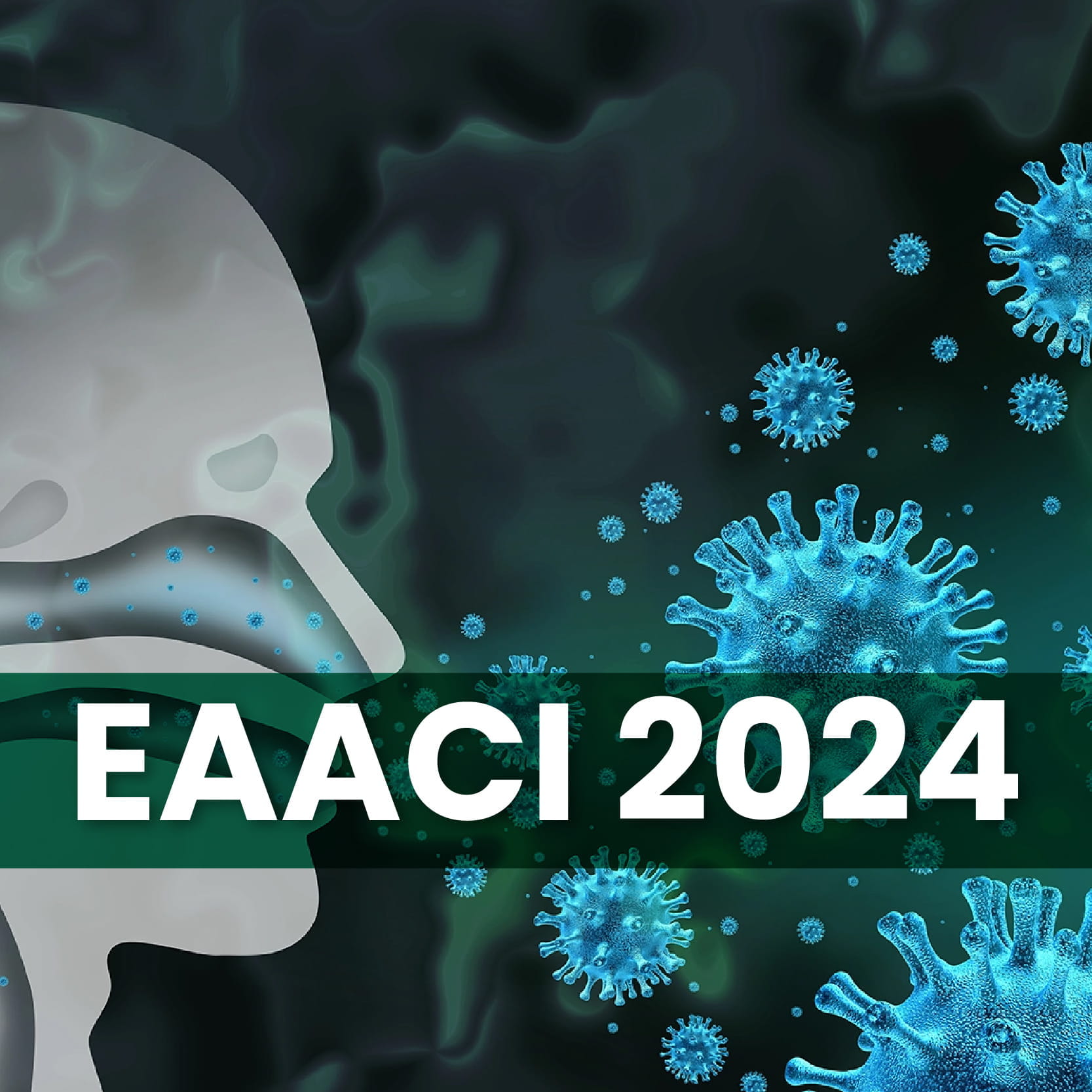Speaker: Mohamed Shamji
The prevalence of peanut allergy, affecting approximately 2% of the Western population, is increasing globally and typically manifests in early childhood, persisting in 70-80% of affected individuals. Severe reactions from accidental exposures occur in up to 60% of cases, with 25% of allergic children requiring annual medical emergency care. Management strategies emphasize allergen avoidance and the availability of adrenaline auto injectors. Recent advancements include FDA approvals such as Palfosia (January 2020) for moderate to severe reactions and anti-IgE monoclonal antibody (omalizumab) for reducing allergic reactions to multiple foods in February 2024. Oral immunotherapy and peanut slits have also shown efficacy. However, addressing the remaining unmet needs requires exploring novel therapeutics. This discussion focuses on the potential use of virus-like particles (VLPs), which are non-infectious nanostructures composed of viral proteins designed to target dendritic cells and promote a Th1 immune response. VLPs have demonstrated immunogenicity in infectious disease vaccines and show promise in modulating allergic responses characterized by Th2 dominance, potentially shifting towards a Th1 profile conducive to reduced allergic reactions and improved patient outcomes.
In exploring the therapeutic potential of VLPs in allergic diseases, a novel VLP platform based on cucumber mosaic virus has been developed, incorporating tetanus toxoid with T cell epitopes to enhance T helper cell and antibody production. This platform has been applied in various applications: firstly, in active vaccination against L5 to treat insect bite hypersensitivity in horses, resulting in significant lesion reduction; secondly, in vaccination against 31 to treat atopic dermatitis; and thirdly, in vaccinating cats to alleviate symptoms in allergic patients. Notably, vaccination against Th1 in cats reduced allergic symptoms over a 22 to 29-week follow-up period, accompanied by decreased anti-Fel d 1 IgG antibodies. Collaboration with Allergy Therapeutics has enabled preclinical studies evaluating the allergenicity and immunogenicity of this VLP. Derived from cucumber mosaic virus, this VLP encases a single RNA molecule targeting TLR7 and TLR8 and includes TTOX epitopes to enhance T cell memory. Preclinical trials involving peanut allergy models demonstrated that VLPs induced IgG responses and protected against anaphylaxis under therapeutic and prophylactic regimens, highlighting their potential to modulate immune responses effectively.
In collaboration with Paul Turner at Imperial College and Allergy Therapeutics, blood samples were obtained from six children and adolescents sensitized to peanuts who had experienced anaphylactic reactions. The study investigated the effects of VLP peanut on dendritic cells (DCs), regulatory B cells (Bregs), and basophils, focusing on immune modulation. VLP peanut exposure dampened dendritic cell-T cell (DCT) and TH2 responses in a dose-dependent manner, evidenced by downregulation of GATA3 and inhibition of TH2 and TH2A cell proliferation compared to recombinant RH2 and whole peanut extract. Machine learning algorithms supported these findings, highlighting VLP peanut's suppression of TH2 responses. Additionally, VLP peanut induced MX1 and IFN1 genes in DCs, leading to increased interferon-gamma production by CD4+ T cells, indicative of enhanced TH1 responses. Moreover, VLP peanut proficiently stimulated IL-10-producing Bregs but did not activate L4- and L31-producing TFA cells associated with TH2 responses, distinguishing its hypoallergenic potential. The findings revealed that VLP peanut selectively inhibited L4-producing TFA cells while L21-producing TFA cells remained unaffected, highlighting its potential to suppress IgE-driven responses. Machine learning algorithms corroborated these results, affirming VLP peanut's specificity in immune modulation. Moreover, the authors investigated regulatory responses, particularly examining IL-10-producing Bregs. Stimulation with VLP peanut led to a significant induction of CD19+, CD5+ and CD5+, CD24+, CD35+ Bregs, pivotal for immune tolerance induction. Visualization through dimensionality reduction and flow cytometric analysis underscored these regulatory effects, showing enhanced IL-10 expression in Bregs upon VLP peanut exposure. Additionally, basophil activation studies demonstrated dose-dependent effects, with VLP peanut inducing modest CD63 expression compared to RH2 and whole peanut extract.
Furthermore, they assessed the ability of VLP peanuts to form allergen IgE complexes capable of binding to CD23 on B cell surfaces and potentially promoting type two responses. The findings revealed that VLP peanuts exhibited a reduced capacity to form these complexes compared to whole peanut extract or recombinant RH2. Specifically, they showed diminished activation of basophils via the CD23 receptor, indicating a hypoallergenic profile. Additionally, a pilot preclinical investigation showed modulation of innate immune responses via dendritic cells, leading to subsequent TH1 polarization and reduced TH2 responses. Notably, VLP peanuts exhibited regulatory effects on B cells that were likely mediated through TLR7. This phase one clinical trial, focusing on skin prick test reactivity, underscored its safety profile, indicating tolerability in all participants.
European Academy of Allergy and Clinical Immunology (EAACI), 2024 31st May-3rd June, Valencia


